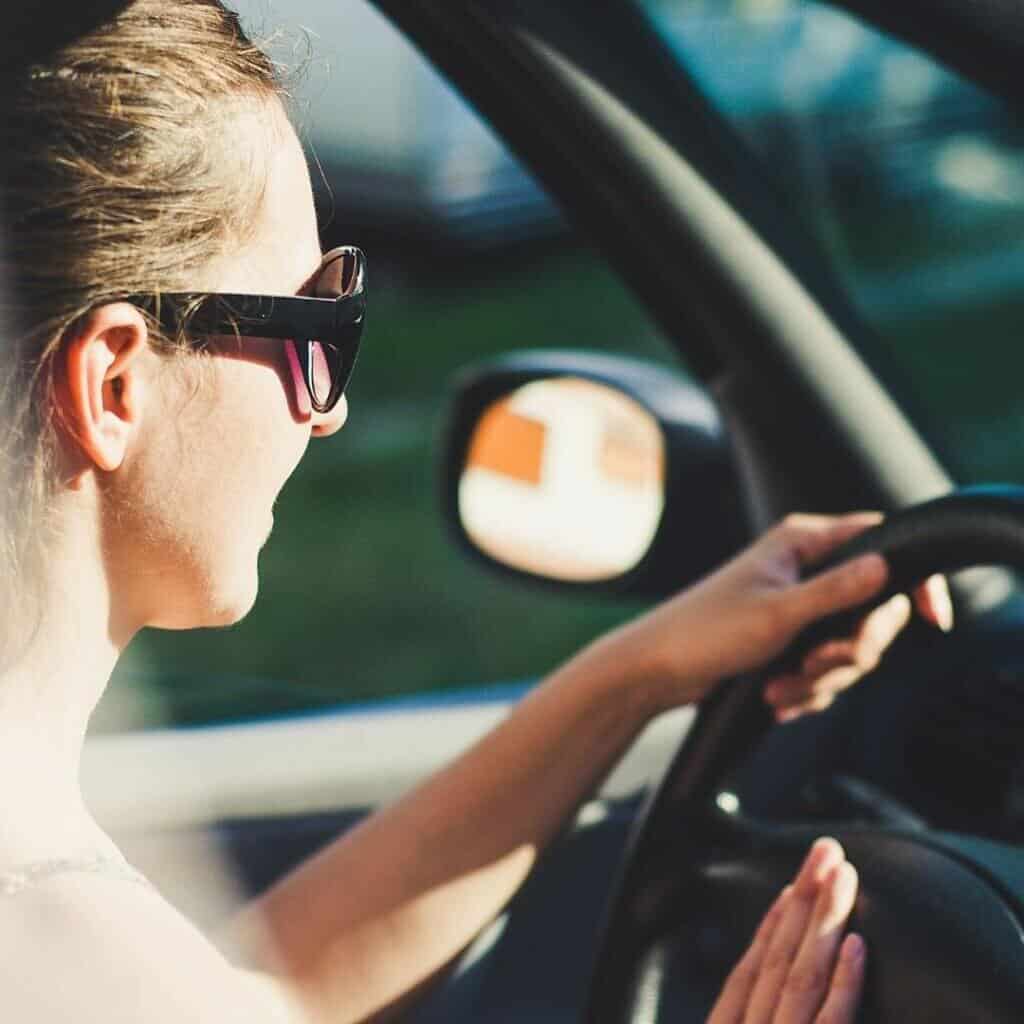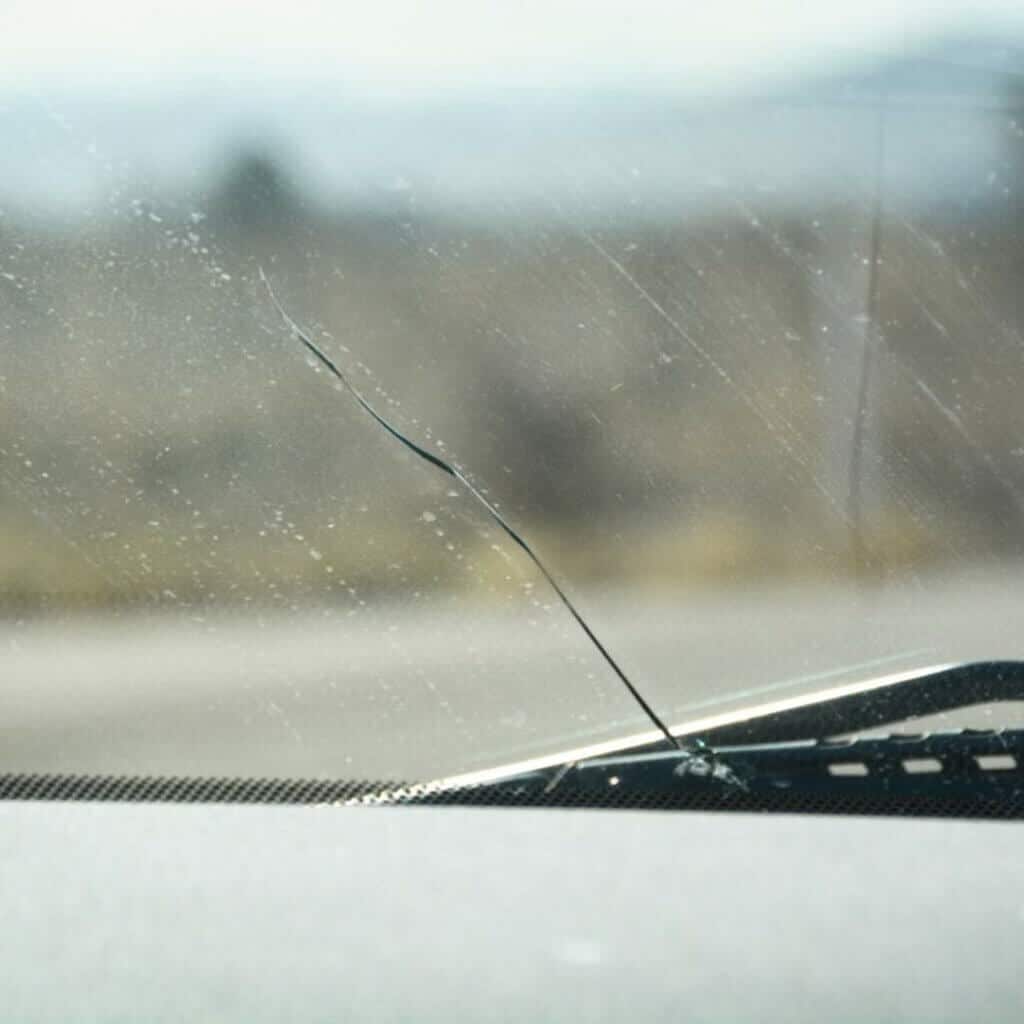Wanna know what one of the most intimidating things about being on the road is? Well, if you have ever experienced driving a car whilst the fuel tank is empty, you know what I am talking about. But how far can you go on 0 miles to empty?
Let’s face it, driving while that red light is constantly flashing, indicating no gas, is pretty menacing. You don’t exactly know when your vehicle will stop. After all, if the car stops randomly on the highway, it could be dangerous!
According to the WHO (World health organisation), approximately a 1.3million people die each year from road traffic crashes. No one knows exactly how many people from the 1.3 million die as a result of fuel emptiness, but we can tell you for sure that it isn’t a small number!
If you are someone that fears such an incident, we have good news for you! Read on to find out exactly how far you can constantly drive on low fuel to avoid all kinds of potential life-threatening consequences.
How Far Can You Go On 0 Miles To Empty?
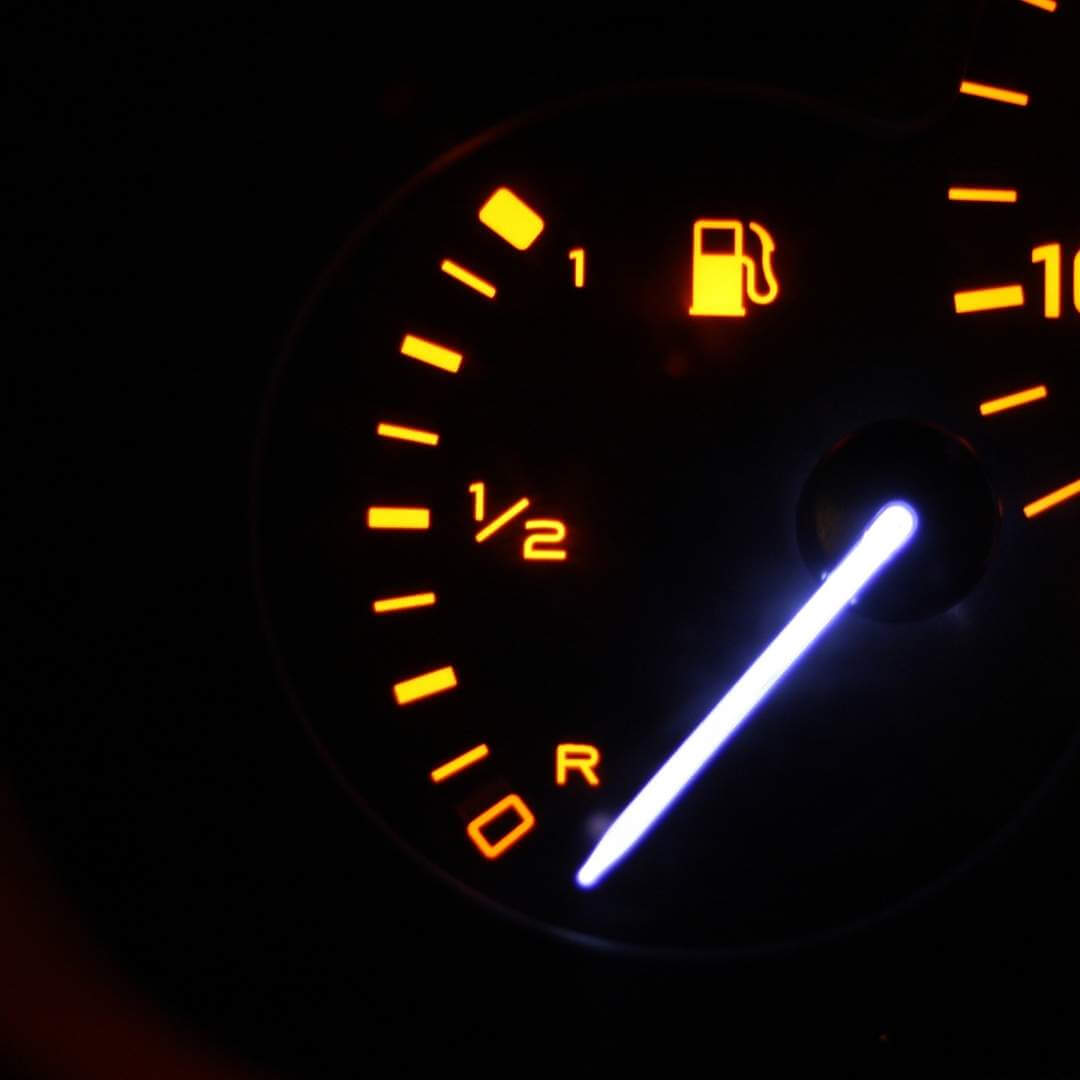
In a nutshell, when the car says “0 miles”, cars are usually capable of covering somewhere between 20-70 miles. To narrow down this huge bracket and identify how much your car can cover in an empty tank, there are many factors you will have to take into consideration prior to your investigation.
Three of the main factors you will have to keep in mind are how big your car’s engine is- which can be determined by your vehicle’s CC (Cubic Centimetre)- the surface of the road you’re on, and the speed you are accelerating at.
To clarify, the more CC your car has, the more petrol it takes up.
Moreover, if the surface of the road you are on is flat and smooth, you will cover more distance. Contrary to driving on a rocky surface or going uphill.
This is why you might have noticed that your vehicle tends to have better mileage on motorways.
Lastly, the speed you travel significantly impacts your fuel usage. In fact, speeding may be one factor that makes your vehicle consume the most fuel.
Therefore, if you are someone that often questions yourself, “Why does my gas tank empty so fast?” speeding may be why!
There are several more factors that can affect how far you can go with an empty fuel tank. For instance, weather conditions and the condition of the vehicle’s tyres do also matter.
What is the Best Way to Determine How far Your Car can Travel With no Fuel?
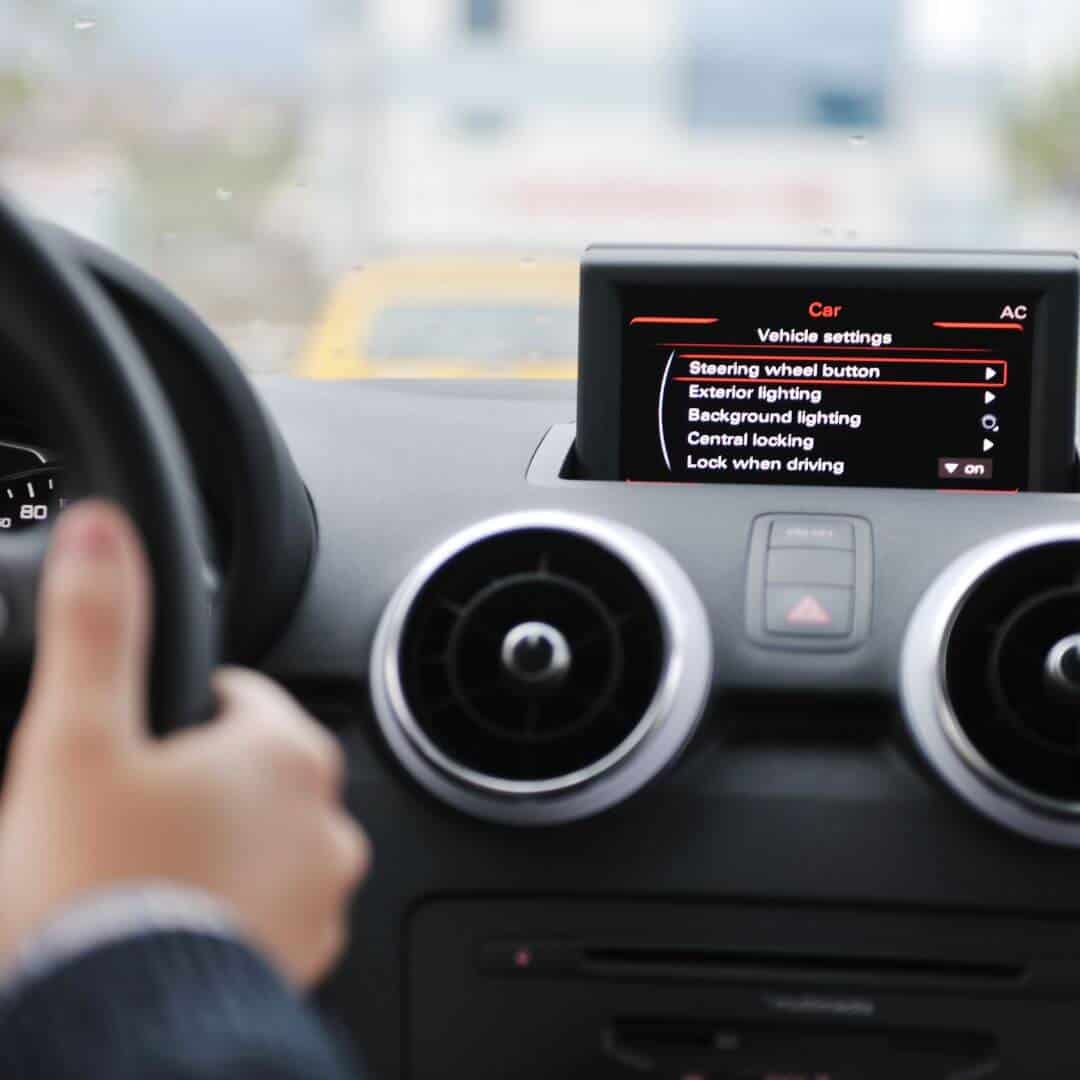
From the preceding paragraphs, you may have discerned that there isn’t really a way to determine exactly how far you can travel with no fuel based on certain variables.
In other words, although you can identify more or less how far you can travel before pulling over to a fuel station, you won’t know the exact distance your car can travel before it stops. Perhaps not even an estimate that is close enough to help!
Well, here’s what one of the most credible sources- i.e. Thrillist, has to say in this regard.
“To determine the exact distance you can travel on an empty tank, you will have to travel on an empty tank in your own car.”
That’s right. The precisest way of finding out the distance your car can go without fuel is to experiment on your car.
Subsequently, note down how far it is able to travel. By doing so, you feel a lot safer in the future when travelling with an empty fuel tank, trust us!
How Much Gas Remains in the Car Tank When Gauge Hits Empty?
Here’s a general rule of thumb that every driver should know. Once the red light starts flashing, there will be around 2½ gallons of fuel left in your car’s fuel tank.
As mentioned above, this will take an average car between 20-70 miles before the fuel completely runs out.
Low Fuel Tank Myth– What is it?
If you drive on an empty tank once in a blue moon, your car should be okay.
However, if you make this a habit and consistently go to the petrol station last minute, there will be consequences.
According to “Howstuffworks” (an authentic source), you can face a major issue by driving consistently with an empty fuel tank.
In essence, by driving with an empty fuel tank, the engine starts to draw air into the tank. The air is drawn in where some fuel may be present.
As a consequence, the air being drawn into the engine can cause your engine to malfunction. As a matter of fact, in such cases, the engine usually refuses to start.
Therefore if one of your questions on this topic: “Is it bad to let your gas tank get low?” still remains, know that driving on an empty tank consistently can result in consequences that certainly will not be pleasant!
How Many Engine Failures are Caused by Low Fuel Tanks?
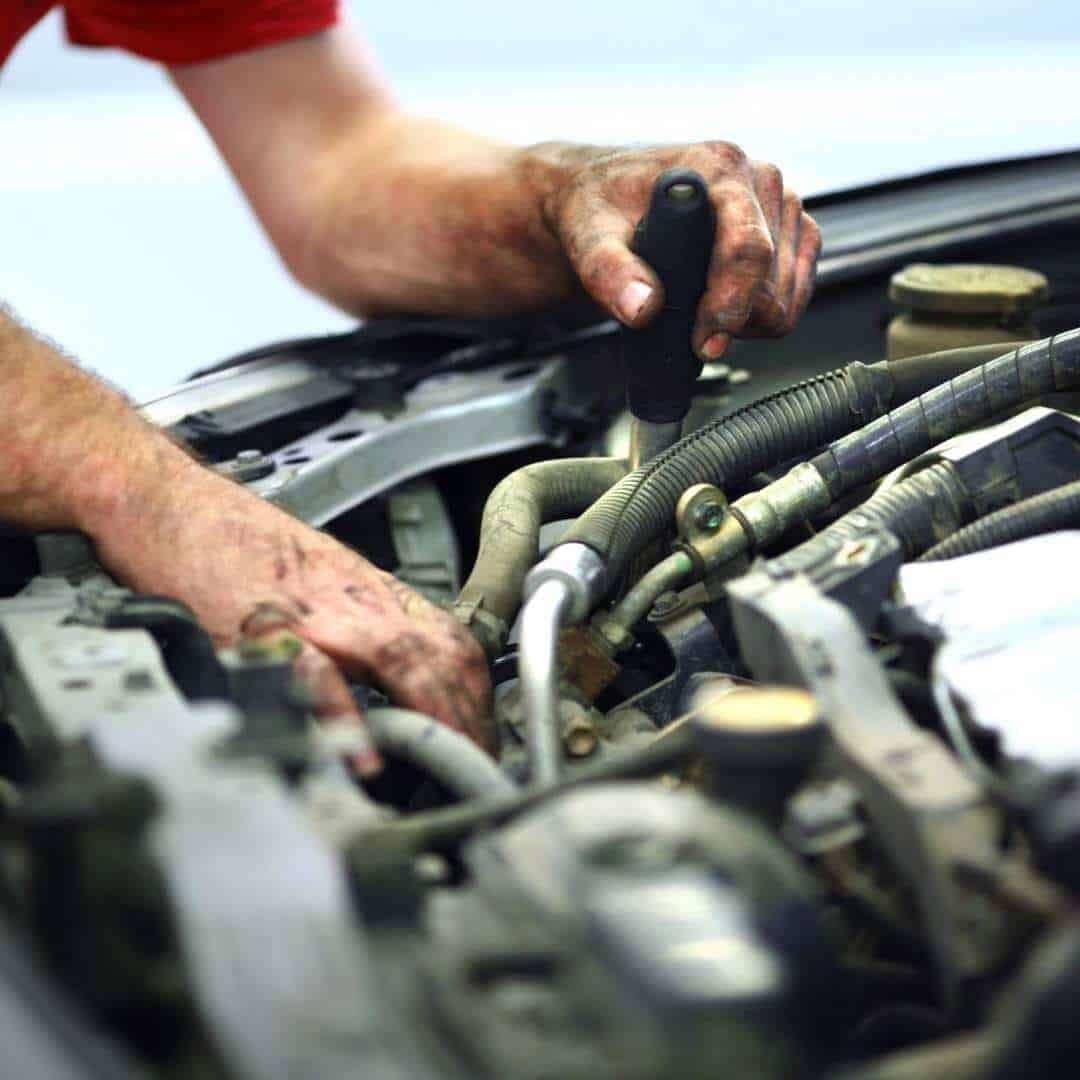
From many investigated types of research and pieces of data, it has surprisingly become apparent that more than a quarter (around 27%) of engine failure crashes are caused by fuel problems.
Interestingly, these problems are easily preventable and are often caused by human errors and lack of attentiveness.
Having said that, specifically, most of these problems occur because of exhaustion, mismanagement or contamination.
However, empty fuel tanks do come up every now and then, too– so always stay attentive to your fuel meter!
Do Cars Have a Reserved Amount of Fuel

In short, almost all cars have reserved fuel– although it may be different to what you might expect.
Essentially, as mentioned before, when the car meter reaches “E” (empty), you will still have around 15% of fuel (out of the full tank’s capacity) left.
Therefore, Yes, There is a reserved amount of fuel left in most cars. This fuel is sufficient enough to get you to your destination– unless your destination is more than 70 miles!
Do Hybrid Cars Have Reserved Fuel Capacity?

Briefly, hybrid cars use electricity and gasoline– sometimes simultaneously and at other times separately (only run on electric/gasoline alone).
Interestingly, hybrid cars save you from the worry of driving with an empty fuel tank. This is because they can transition between electricity and gasoline whilst driving.
Therefore, owning a hybrid car frees you from the massive hassle of immediately getting to a nearby fuel station.
That said, it is important to keep in mind that this is not the case with all hybrid cars. In fact, a huge number of hybrid vehicles require both gasoline and electricity to run the car.
In other words, many hybrid cars use electricity and gasoline simultaneously to accelerate the car, meaning if the car runs out of gasoline, the driver is pretty much screwed.
Read Also: What Does PM Mean On Licence a Plate
Conclusion
To summarise, if your fuel tank is indicated empty in your vehicle, you can still travel dozens of extra miles. Remember that 15% of the fuel remains in the tank even after the flashing light.
However, do not make it a habit to visit a petrol station right at the last minute. By doing so, you can face a number of major issues.
Of the major problems you may face as a result of an empty fuel tank is having your engine malfunction.
In terms of how to determine how far your car can travel without fuel, here’s what you should know. To find out how many extra miles you can travel with an empty fuel tank, you should physically drive your car with no fuel.
In other words, take your car out to a safe place with an empty fuel tank and take note of how far it travels.
With regards to fuel reservation, almost all cars have enough fuel reserved. Even after the meter indicates empty, you can travel up to 70 miles far. Remember, the distance can vary depending on the car you own.
Quite a phenomenal alternative to standard gasoline-powered cars is hybrid cars.
Hybrid Cars run on gasoline and electricity, saving you from the stress of an empty fuel tank. As well as this, many other tensions one experiences from gasoline cars will be eliminated with hybrid vehicles. When buying a hybrid car, choose wisely; remember, not all of them can transition between gasoline and electric! Some Hybrid vehicles require both electric and gasoline to run.
Keep in mind that it is important that we do not take this problem lightly as around 27% of engine failure crashes are caused by fuel problems– out of this 27%, there is an increasing number of crashes caused by empty fuel tanks every year!
Hence, drive wisely and always keep track of how much fuel your car is left with. I’m sure having to go to the fuel station at the last minute is the last thing you want!
Either way, having read this article, you now probably have a good idea of how to cope with no fuel left in your car. Moving forward, you should feel a lot safer on the road when your vehicle is empty of fuel!

